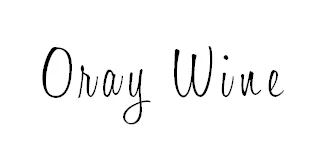
The transfer method is one of the 6 main methods to produce sparkling wines. It involves provoking a second fermentation in bottle and then transferring its content into a tank (where the wine will be filtrated to be separated from sediments).

The transfer technique was initially developed in the 1940s to reduce the important cost of manual riddling generated by the ‘Traditional method’ (click here to learn more about the traditional method). The transfer method has the advantage of retaining the bready, biscuit notes attained through yeast autolysis in bottle while reducing bottle-to-bottle variation. Indeed, the fact that wines from individual bottles are blended together in a tank before final bottling creates more homogeneity in the final result. It is also easier to make all the final adjustments needed (sugar…). Additionally, as riddling does not take place, fining agents to aid flocculation do not need to be added within the liqueur de tirage (see the ‘Traditional method’ for more details about the liqueur de tirage).
Many of the Transfer Method’s primary advantages have become less relevant as automated riddling has advanced. However, by eliminating the requirement for riddling, it can still provide some cost and time benefits for producer seeking high-volume.
Transfer method is still employed in Champagne (and other regions) to fill bottles smaller than 37.5 cL and larger than 300 cL, as these sizes are difficult to riddle (manually or in gyropalettes).
For wines made through the ‘Transfer method’, the bottle labels will indicate ‘Fermented in bottle’ instead of ‘Fermented in this bottle’ (used only for ‘Traditional method’ wines).

Follow me on my Social Media
Wine is a gourmet treasure, do not abuse alcohol!
None of this content has been sponsored
I did not receive any gifts or free samples that could be related to this article